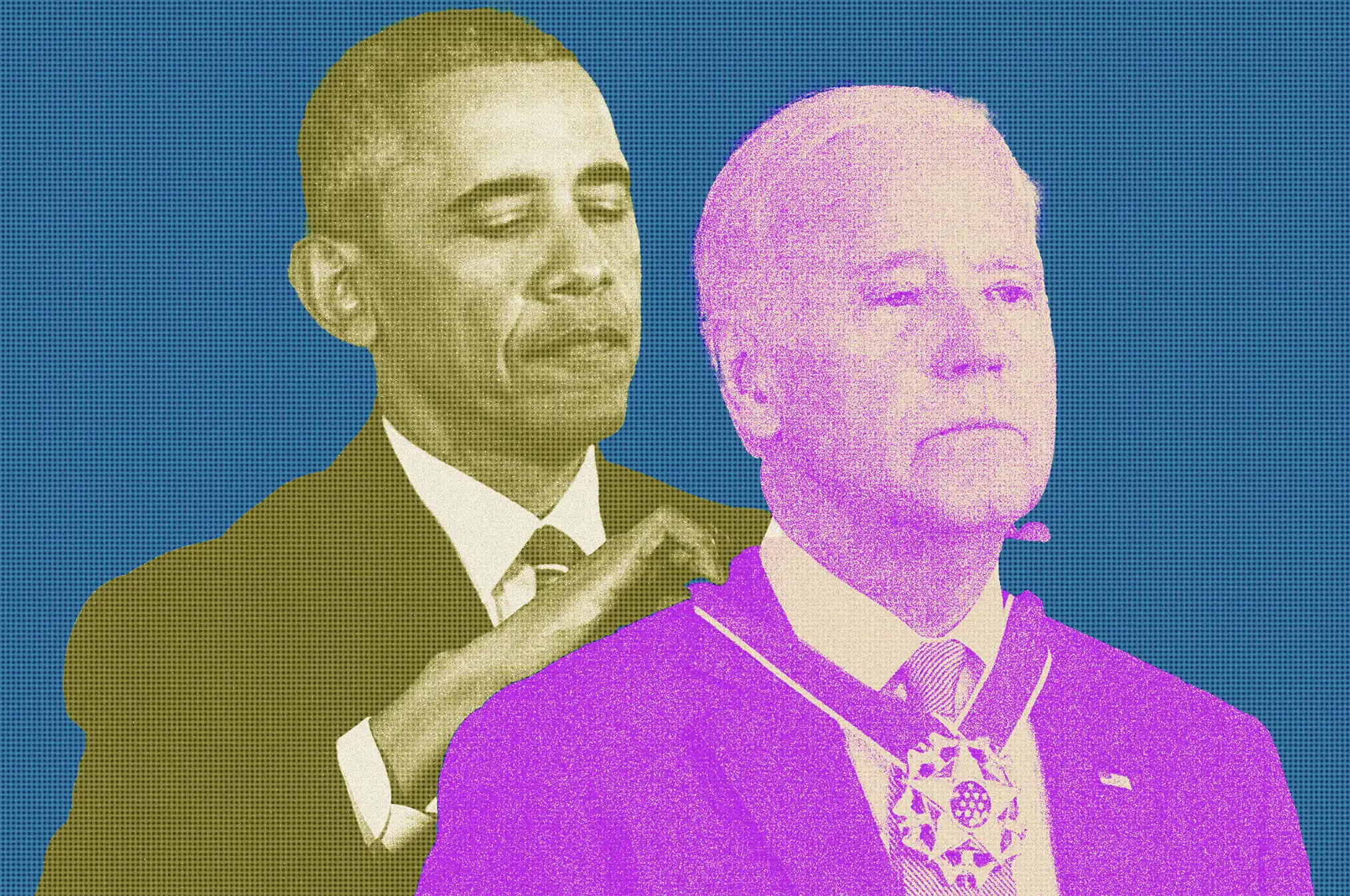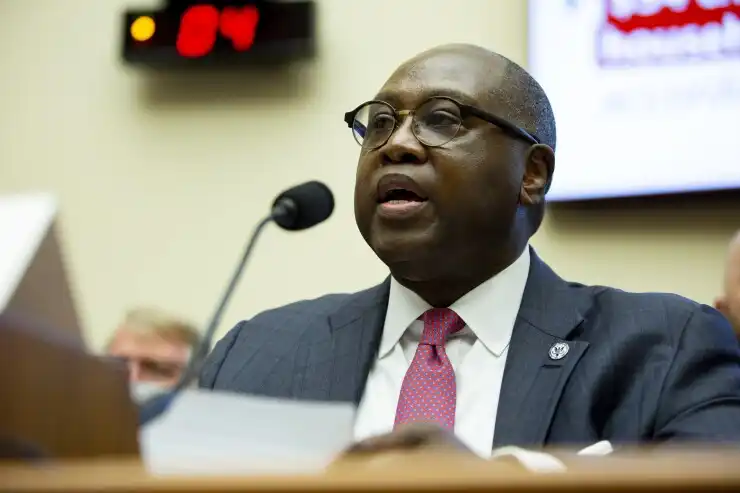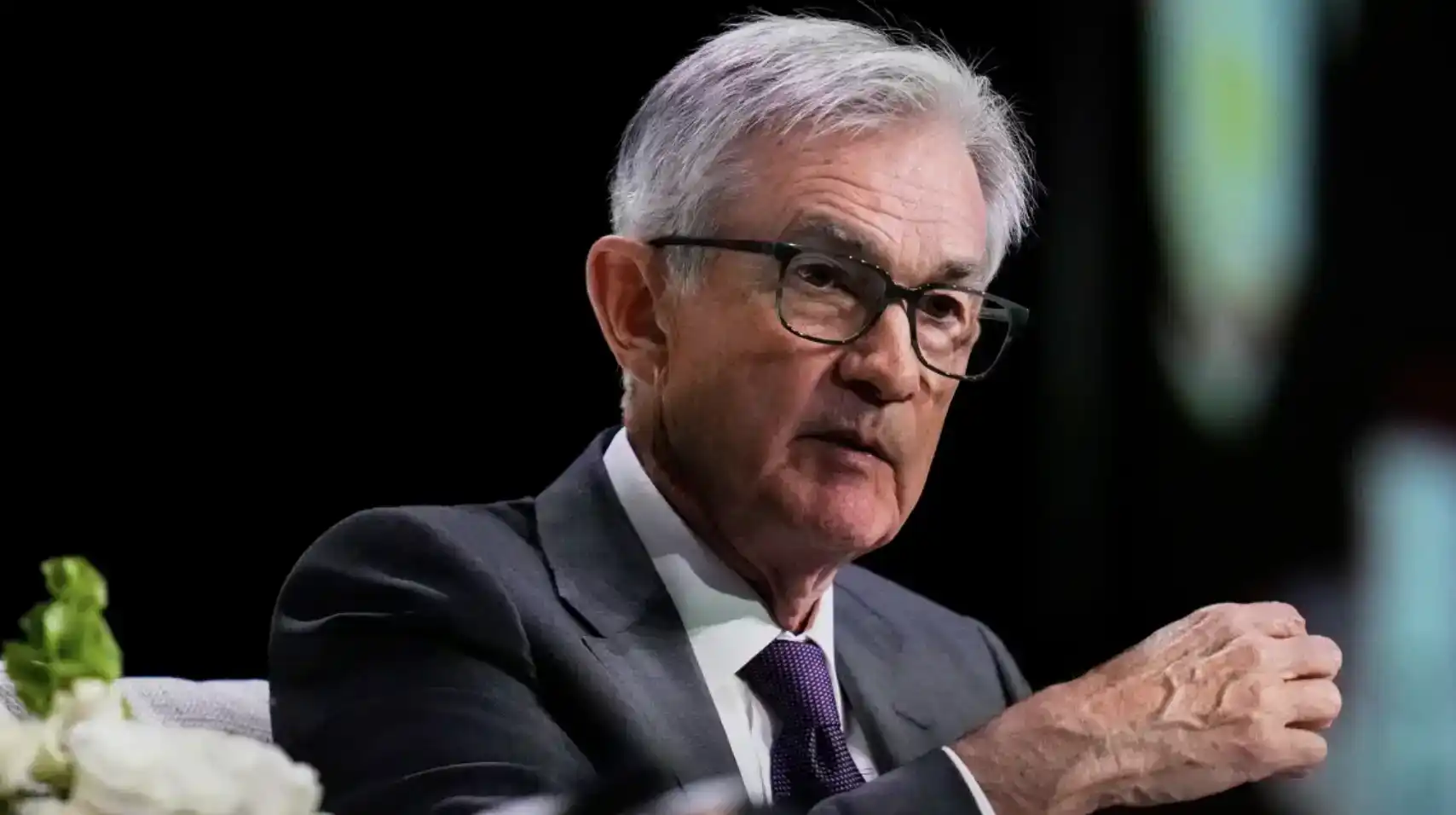On April 25, the Federal Reserve announced a significant decision: to revoke the 2022 regulatory guidance on banks' cryptocurrency assets and dollar token businesses, abolish the related "no objection" procedures from 2023, and withdraw from the previously issued policy statement on the risks of cryptocurrency business in conjunction with the Federal Deposit Insurance Corporation (FDIC) and the Office of the Comptroller of the Currency (OCC).
Choke Point Action 2.0
"Choke Point Action 2.0" is a term used to describe a series of banking regulatory policies during the Biden administration aimed at the cryptocurrency industry. The name is derived from the "Choke Point" action during the Obama era, which referred to achieving regulatory goals by pressuring banks to cut off financial services to specific industries.

In the cryptocurrency market, Choke Point Action 2.0 generally refers to the period from 2022 to 2023, during which major U.S. financial regulatory agencies—the Federal Reserve, FDIC, and OCC—strongly discouraged banks from engaging in cryptocurrency-related businesses through a series of guidance and policy statements, indirectly limiting the connection between cryptocurrency companies and the traditional banking system.
It all began in 2022 when the Federal Reserve issued a regulatory letter requiring state member banks to report in advance before engaging in cryptocurrency business. This appeared to be a procedural requirement but significantly raised the threshold for banks to enter the cryptocurrency field.
By early 2023, regulatory pressure intensified further. The Federal Reserve, FDIC, and OCC jointly issued a statement clearly stating that issuing or holding cryptocurrency assets on public, decentralized networks "is highly likely to be inconsistent with safe and sound banking practices." In the same year, regulators also required banks to obtain "no objection" permission from regulatory agencies before engaging in dollar token (i.e., stablecoin) business. This process was not only complex and time-consuming but also provided regulators with veto power.
As a result, many referred to this wave of regulatory pressure as "Choke Point Action 2.0." Former Fidelity Investments' first cryptocurrency asset analyst Nic Carter described this series of actions as "a precise and extensive crackdown on the cryptocurrency industry through the banking system."
He pointed out that the goal of regulators was to sever the connection between cryptocurrency companies and the fiat currency system by making it more difficult for banks to serve the cryptocurrency industry. This not only limited cryptocurrency companies' ability to open accounts and payment channels but also severely impacted the fiat currency inflow and outflow channels for stablecoin issuers and exchanges. Some cryptocurrency companies even faced the risk of "completely losing banking services," threatening the liquidity of stablecoins and the operation of exchanges.
Related articles: 《A Comprehensive Analysis of "Decentralization": The Triple Game of Compliance, Risk, and Politics》、《Is the U.S. Initiating a "Choke Point Action"? Plans to Marginalize the Crypto Industry》
The FTX Collapse: The Catalyst for Regulatory Pressure
Choke Point Action 2.0 is closely linked to the collapse of the FTX exchange in November 2022. The FTX collapse resulted in billions of dollars in customer losses and a plummet in market confidence. The cryptocurrency credit crisis of 2022 did not significantly impact traditional finance, but regulators clearly wanted to prevent future risks by taking preemptive action. Thus, the regulatory system sought to limit banks' contact with the cryptocurrency industry to prevent risks from spilling over into the banking system.

Banks that were friendly to cryptocurrency naturally became the primary targets of regulation. Silvergate and Signature were among the few banks willing to provide services to cryptocurrency clients, thus facing immense pressure. In December 2022, Senators Elizabeth Warren, John Kennedy, and Roger Marshall jointly wrote to Silvergate, criticizing it for failing to detect suspicious activities related to FTX and its affiliate Alameda Research.
Silvergate subsequently faced a bank run triggered by the FTX collapse, with its stock price plummeting from a high of $160 in March 2022 to $11.55 in January 2023. Signature announced it would reduce its cryptocurrency deposits from $23 billion to $10 billion and completely exit the stablecoin business. Another bank serving cryptocurrency clients, Metropolitan Commercial, also announced the closure of its cryptocurrency business in January 2023.

A Shift in Banking Regulation Under Trump
In 2025, with Trump returning to the White House, the regulatory environment for cryptocurrency in the U.S. underwent significant changes. On March 7, the first White House cryptocurrency summit was held, and the OCC issued a series of explanatory documents allowing national banks to provide services such as cryptocurrency custody, stablecoin reserves, and blockchain node participation without special approval. This overturned the restrictive guidance from the Biden administration that required banks to consult regulators in advance.
OCC Acting Comptroller Hood stated, "Digital assets should and must be a part of the U.S. economy." The new policy allows banks to securely store private keys for customers, hold stablecoin reserves pegged 1:1 to the dollar, and act as nodes to validate blockchain transactions, providing flexibility for banks to deeply integrate into the digital asset space.

The OCC's shift may be closely related to Trump's commitments. At this year's White House cryptocurrency summit, Trump stated, "Some people are suffering greatly; what they are doing is absurd… This will all end soon." He criticized Choke Point Action 2.0 for "forcing banks to close cryptocurrency business accounts, weaponizing the government against the entire industry."
On April 17, Powell further clarified the direction of regulatory easing in a speech at the Chicago Economic Club, suggesting that there is "room for relaxation" in the current cryptocurrency regulatory policies targeting banking institutions. He acknowledged the mainstreaming trend of cryptocurrencies in recent years, noting that regulators had been cautious due to "a series of explosions and fraud incidents," but that the market had fundamentally changed and needed a clear regulatory framework for stablecoins, signaling support for innovation.

Related articles: 《What Positive Signals Did Powell Release Regarding Cryptocurrency?》
Today, the Federal Reserve officially revoked the guidance related to Choke Point Action 2.0, meaning banks no longer need to report for cryptocurrency business, and related activities will be monitored through regular regulatory procedures. This aligns with the Trump administration's commitment to abolish policies that "marginalize banking services for cryptocurrency companies," and investigations by the House Oversight Committee and documents disclosed by the FDIC have also promoted policy transparency.
The Next Positive Regulatory Development for the Cryptocurrency Market?
Since 2025, the cryptocurrency market has seen a continuous stream of positive news. Following the SEC's confirmation of numerous altcoin ETF applications, the return of traditional cryptocurrency market makers, the repeal of DeFi broker rules, the dismissal of a series of cryptocurrency litigation cases, and Trump's personal appointment of a new pro-crypto SEC chair, the banking regulatory sector has also delivered good news. The Federal Reserve's announcement to revoke Choke Point Action 2.0 signifies the end of a three-year period of high-pressure regulation on the interactions between banks and the cryptocurrency market.
The most direct manifestation of this positive development is the significant reduction in the threshold for banks to serve the cryptocurrency industry, leading to a substantial decrease in legal risks, and more banks may provide accounts, payment, and custody services for cryptocurrency companies. Additionally, the fiat currency channels for stablecoin issuers and exchanges will become smoother as a result.
More importantly, the Trump administration has prioritized cryptocurrency-friendly policies, and Powell's affirmation of a stablecoin regulatory framework injects clear expectations into the market. These concentrated positive signals may further attract more traditional financial institutions into the market, boosting market liquidity and enhancing investor confidence.
免责声明:本文章仅代表作者个人观点,不代表本平台的立场和观点。本文章仅供信息分享,不构成对任何人的任何投资建议。用户与作者之间的任何争议,与本平台无关。如网页中刊载的文章或图片涉及侵权,请提供相关的权利证明和身份证明发送邮件到support@aicoin.com,本平台相关工作人员将会进行核查。




